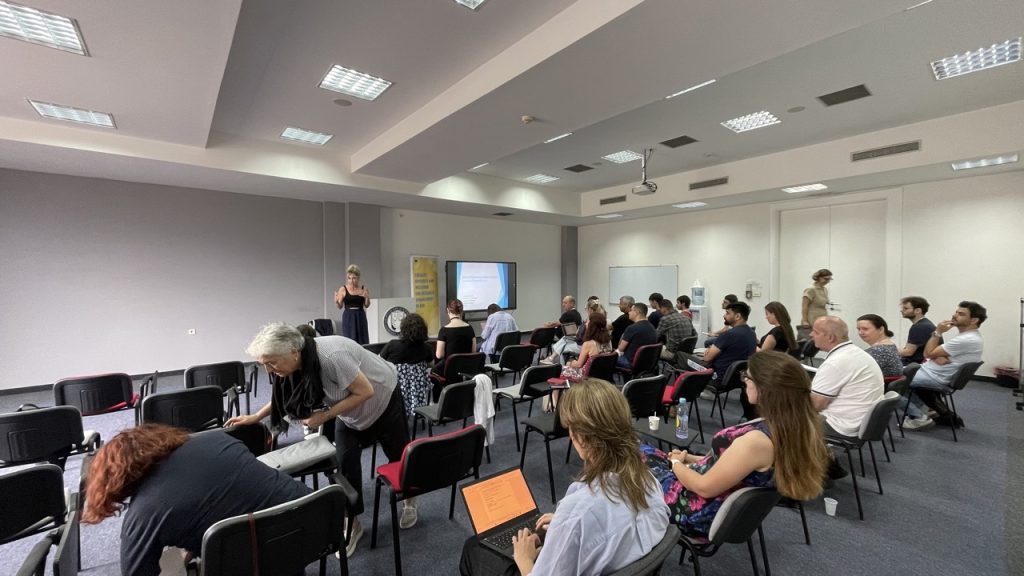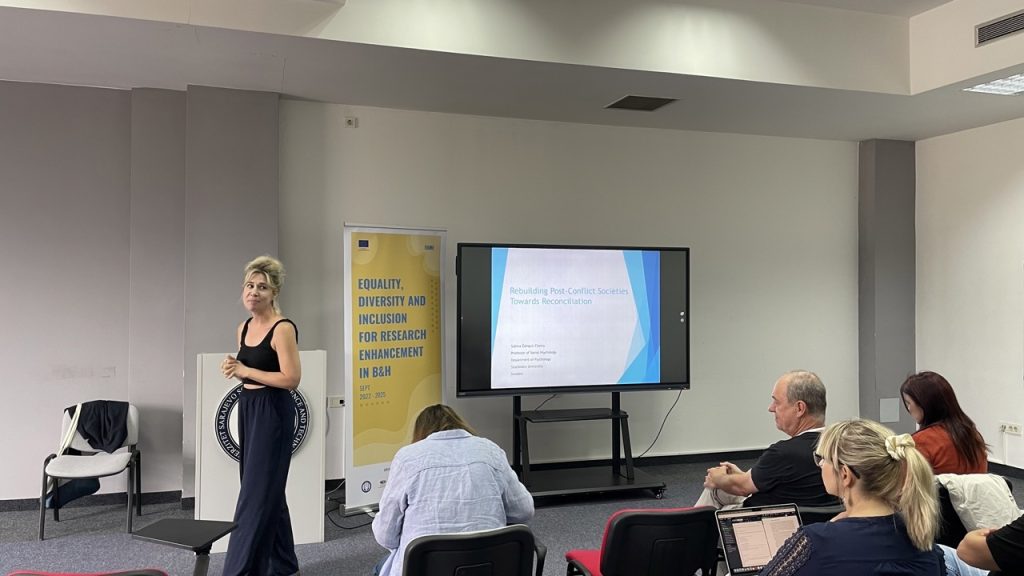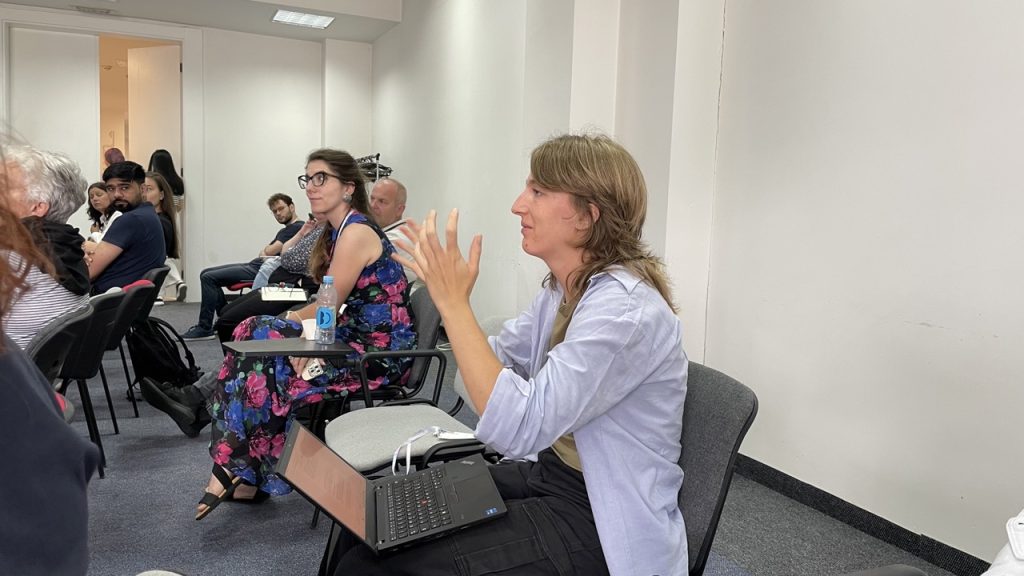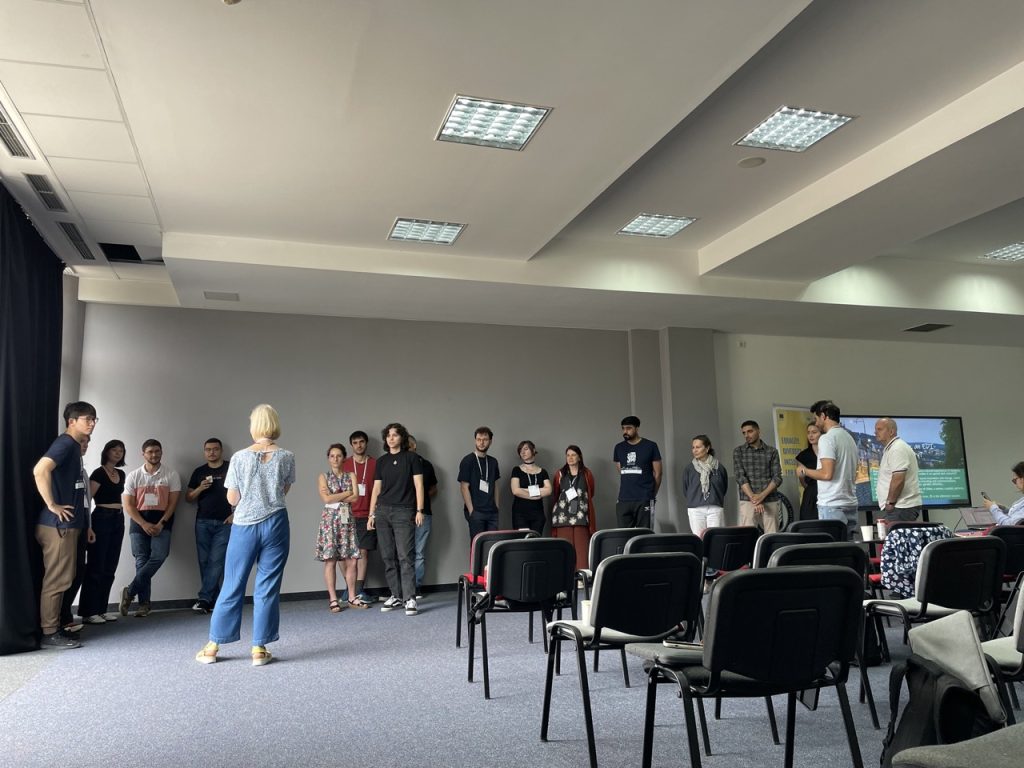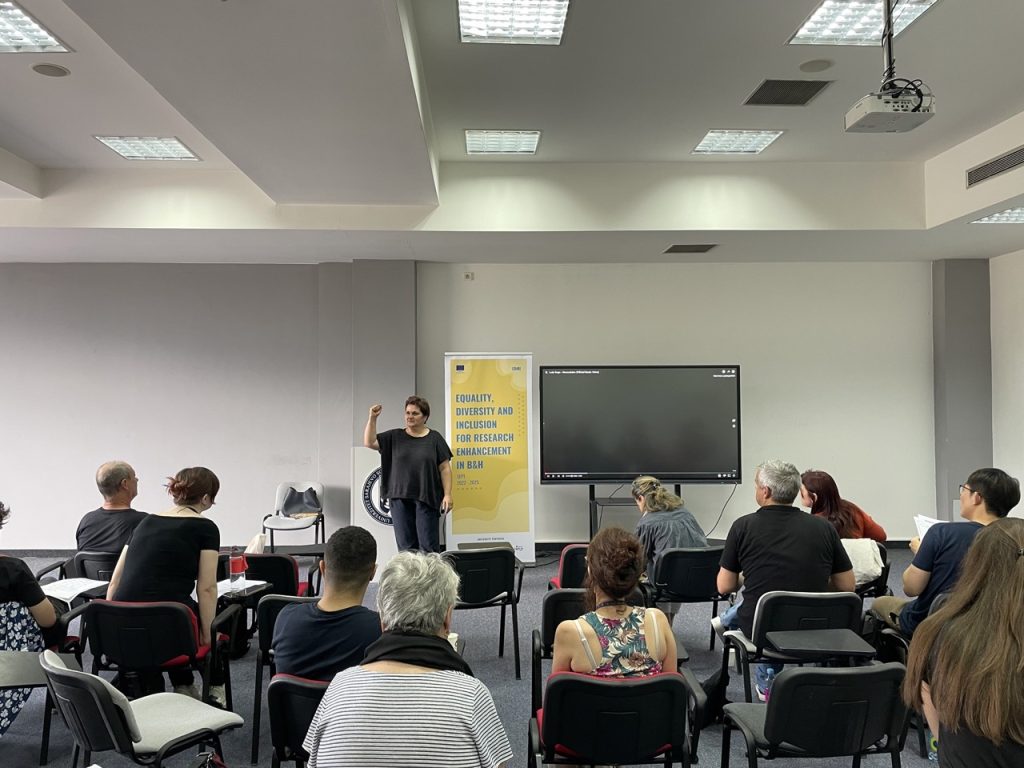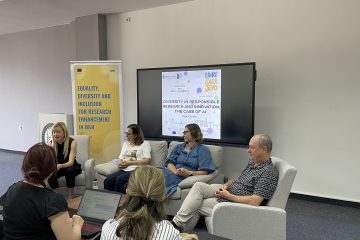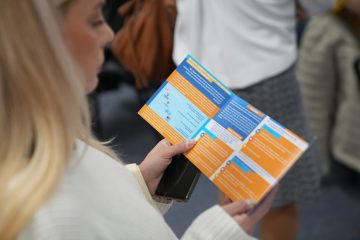Rebuilding Post-Conflict Societies Towards Reconciliation
On the second day, we opened with the session “Rebuilding Post‑Conflict Societies Towards Reconciliation,” led by Dr. Sabina Čehajić‑Clancy.
During her lecture, participants were introduced to her extensive body of research on post-conflict societies such as Bosnia and Herzegovina. She shared insights into:
- Dynamics of ethnic group relations in the aftermath of conflict
- Methods utilized in her work—combining qualitative interviews and quantitative experiments—to analyze how societies rebuild and reconcile
- Case studies where diverse intergroup dialogues and moral-exemplar interventions have been used to foster trust and forgiveness
Dr. Čehajić‑Clancy is a Professor of Social/Psychological Peace Studies, formerly at the Sarajevo School of Science and Technology and now at Stockholm University. Her work focuses on the socio-psychological processes behind sustainable reconciliation, especially in Bosnia and Herzegovina
Key themes of her research include:
- In-group acknowledgment – exploring what encourages individuals to accept their group’s responsibility in past crimes (e.g., “affirmation, acknowledgment of in-group responsibility, group-based guilt… and support for reparative measures” were studied in her JPSP 2011 article)
- Intergroup emotions – investigating how guilt, shame, empathy, and anger influence paths toward reconciliation
- Contact-based interventions vs. moral-exemplar interventions – her work shows that mere contact can be less effective if it focuses on past conflict, whereas “moral exemplars”—stories of ordinary people acting altruistically toward out-group members—significantly boost forgiveness and reconciliation
Dr. Čehajić‑Clancy’s work shows that moving beyond mere facts of conflict—and instead focusing on emotional healing, empathy, and role models from within one’s own country—can accelerate reconciliation. These lessons are directly applicable not only to Bosnia and Herzegovina, but also to any academic or community-driven post-conflict healing process.
Mini Hackathon: Exploring Inclusivity and Diversity in the City
The preparation for the mini hackathon took place in an inspiring and engaging atmosphere. Liisa Hänninen guided the participants through the steps of the challenge, setting the stage for an exciting activity that would take them out into the streets of Sarajevo. The goal? To explore how inclusive, diverse, and equitable the city truly is.
This creative field-based activity is designed to help participants reflect on how Equality, Diversity, and Inclusion (EDI) manifest in everyday urban life. By stepping outside the classroom and immersing themselves in Sarajevo’s social and cultural landscape, participants are encouraged to observe and critically analyze their surroundings.
Their task will be to answer the key question:
“Sarajevo: An EDI-Friendly City?”
Using direct observation and their own socio-cultural experiences during their stay, each group will craft a story or analysis that highlights:
- What makes Sarajevo unique, diverse, and vibrant?
- In what ways does the city succeed—or struggle—when it comes to inclusion and equity?
Participants are invited to approach the challenge through an intersectional lens, combining EDI principles with concepts such as:
- Social innovation and change
- Smart and inclusive urban design
- Cultural diversity as a driver for innovation
- City branding and public communication
- Gender, ethnicity, accessibility, and representation
Final Output
The results of the mini hackathon will be presented during the EDIRE Dissemination Event on Friday, June 20, in the afternoon session. Presentations should be creative and concise, lasting no more than 5 minutes, and may include:
- A set of slides
- A visual canvas or infographic
- A poster or photo collage
- A short video or podcast
- Social media-style storytelling (e.g., Instagram carousel)
This hackathon is not only a chance to reflect critically on urban diversity—it’s also a chance to use storytelling, design, and innovation to imagine more inclusive futures.
Practice Your Sign
At first glance, it may have looked like we were in a gym—but we weren’t. Instead, we were practicing sign language.
This unique session was led by Jasminka Proho from the Association of the Deaf and Hard of Hearing of Sarajevo Canton, who introduced participants to the world of non-verbal communication and helped them understand the barriers faced by individuals when inclusion is not accessible.
In this one-hour interactive workshop, participants learned:
- Basic greetings and conversational phrases in sign language
- How to introduce themselves by signing their names
- The cultural and communicative significance of sign language for the Deaf community
Jasminka also shared eye-opening insights into the everyday experiences of people who are Deaf or hard of hearing, illustrating how communication barriers can lead to exclusion and how much of a difference even basic knowledge of sign language can make in fostering inclusive environments.
While there is no universal sign language, each country has its own version (e.g., Bosnian Sign Language), and for certain terms, an International Sign system exists—commonly used at global events to bridge communication across national sign languages.
The session served as a powerful reminder that inclusion begins with effort—and sometimes, that effort starts with a simple sign.
🇪🇺This project has received funding from the European Union’s Horizon Europe program for widening participation and spreading excellence under Grant Agreement number 101060145.
